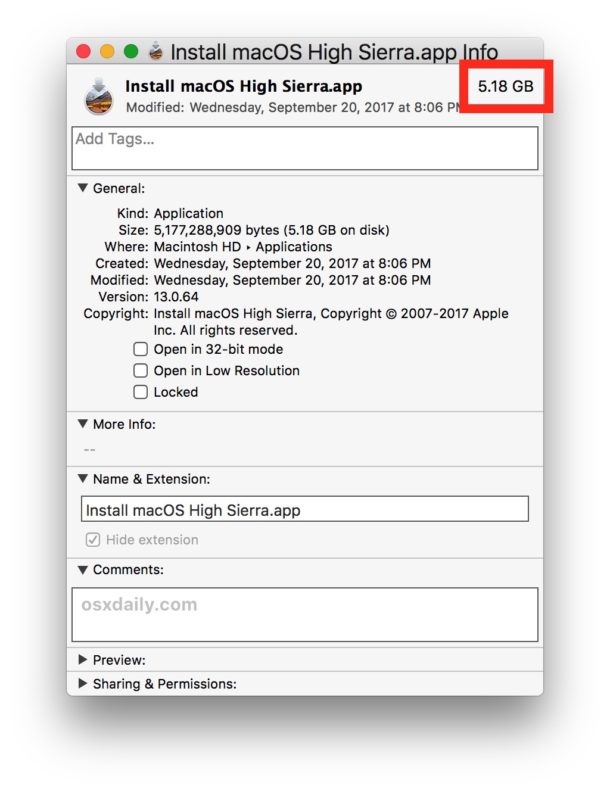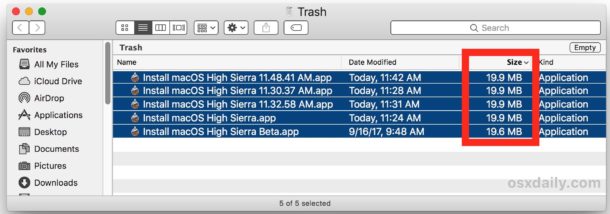Clone Your Ubuntu installation
If you want to create a system that is similar to a different system you have already set up, it can be difficult to remember each and every package you had installed.This method works best when you are exporting to and importing from the same distribution and, specifically, the same releasefor example, exporting from Ubuntu Dapper to Ubuntu Dapper or ubuntu edgy to ubuntu edgy.
Ubuntu uses the APT package management system which handles installed packages and their dependencies. If we can get a list of currently installed packages you can very easily duplicate exactly what you have installed now on your new machine. Below is a command you can use to export a list of your installed packages.
sudo dpkg --get-selections | grep '[[:space:]]install$='| awk '{print $1}' > installedpackages
Now you should end up with a file called “installedpackages” which consists of a long list of every package your currently have installed.
The next step would be to tell the clone machine to install each of those packages. You’ll have to copy that file to the clone machine (via network, usb drive, email, etc) and also make sure to duplicate the /etc/apt/sources.list file. Without the same access to repositories it may not be able to find the packages.
To tell your system to use the previously exported package list use the following command (after making sure to also clone your /etc/apt/sources.list file).
Update the source list using the following command
sudo aptitude update
Import the package list using the following command
cat installedpackages | xargs sudo aptitude install

